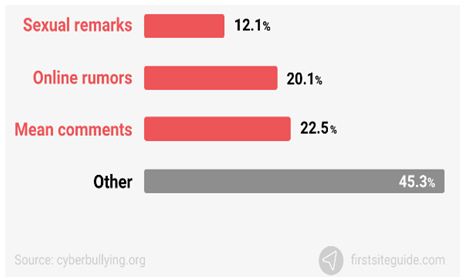A Study of the Factors that Influence Cyber Bullying - Perspectives from Bullies
DOI:
https://doi.org/10.5281/zenodo.11448952Keywords:
Cyberbullies, Victims, Behaviour, Awareness, Reactions, LawsAbstract
Digitalisation has opened a lot many doors for people who wish to connect with their friends, relatives, colleagues irrespective of how distant they are physically. It is agreeable to an extent that digitalisation has benefitted a lot of people and help reduce their efforts, but it would be not right to talk about the darker side too. The study started with an initial study of available literature through papers published in Google Scholar, Google Books, and research articles. Accordingly, the research gap was found which helped to frame the research objectives- to identify the traits of bullies through available literature along with studying the reactions of victims and their level of awareness of cyberbullying. Initially it has been talked about the factors which might push a person to become a bully such as ego issues, social environment, upbringing etc. Moving further, various places where cyberbullying takes place has been brought into notice such as educational institutions, workplaces etc. By citing real-life incidents, various reactions of victims have been inferred and observation has also been made on the areas where such incidents have been taking place and how victims are responding to it.
In continuation to this, some findings have also been mentioned based on how globally widespread this heinous act has become. Lastly, to provide with the remedies, some information related to cyberlaws has been tapped and made the readers aware about it.
Downloads

Downloads
Published
How to Cite
Issue
Section
License
Copyright (c) 2024 Atharv Aggarwal

This work is licensed under a Creative Commons Attribution 4.0 International License.











